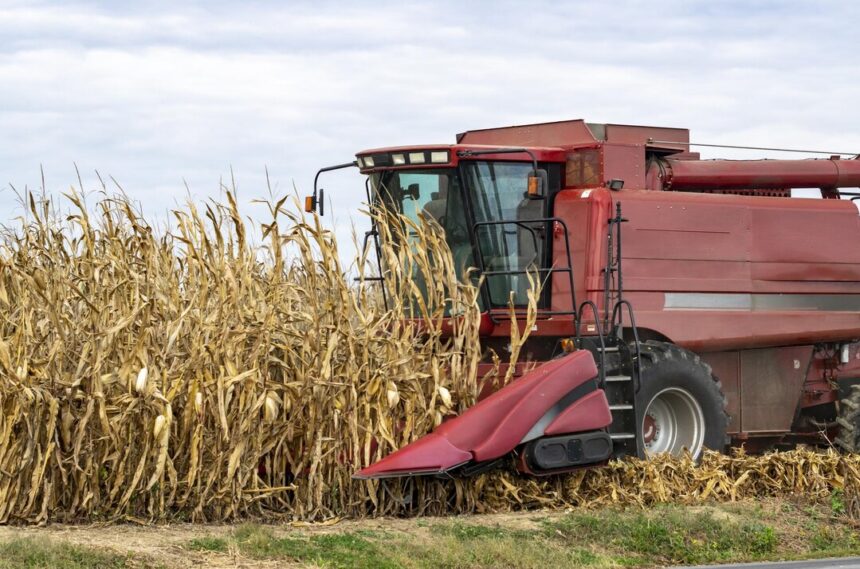A post-harvest cleaning system is an essential tool for agricultural producers to ensure the quality, safety, and marketability of harvested crops. Proper use and maintenance of this system not only prolongs its lifespan but also optimizes its performance, reducing losses and improving efficiency. Here’s a comprehensive guide on how to use and maintain a post-harvest cleaning system effectively.
Understanding the Post-Harvest Cleaning System
Post-harvest cleaning systems are designed to remove debris, dirt, and foreign materials from crops like grains, fruits, and vegetables. These systems often include equipment like blowers, sieves, conveyors, and washers, tailored to specific crop types. Before using such a system, familiarize yourself with its components, functions, and operating instructions provided by the manufacturer.
Steps for Proper Use
- Inspect the Equipment Before Use
- Check for signs of wear and tear, such as damaged belts, loose screws, or clogged filters.
- Ensure all moving parts are properly lubricated and functioning smoothly.
- Adjust Settings for the Specific Crop
- Configure the system according to the size, type, and moisture content of the crop. Incorrect settings can damage the produce or lead to ineffective cleaning.
- Calibrate sieves or screens to match the size of the debris you wish to remove.
- Sort the Produce
- Pre-sort the harvest manually or mechanically to remove large foreign objects like stones, sticks, or excessively damaged produce before entering the cleaning system.
- Load the System Gradually
- Avoid overloading the system, as this can lead to uneven cleaning or equipment malfunction. Feed crops in a controlled and consistent manner.
- Monitor the Process
- Stay vigilant while the system is in operation. Watch for unusual noises, blockages, or uneven cleaning, and stop the process immediately if problems arise.
- Ensure Proper Discharge
- Ensure that cleaned produce is collected in appropriate containers or conveyors to maintain its quality and prevent contamination.
Steps for Proper Maintenance
- Clean the System Regularly
- After each use, clean the equipment thoroughly to remove dirt, crop residues, and other debris. This prevents contamination and improves performance during the next operation.
- Inspect for Damage
- Periodically examine all components for wear and damage. Replace worn-out parts like filters, belts, or brushes to ensure efficient functioning.
- Lubricate Moving Parts
- Regular lubrication of bearings, chains, and other moving parts reduces friction, prevents rust, and ensures smooth operation.
- Protect Electrical Components
- Keep electrical components dry and free from dust. Inspect wiring and connections for signs of damage and replace faulty components immediately.
- Store the System Properly
- When not in use, store the equipment in a clean, dry area. Cover the system to protect it from dust, moisture, and pests.
- Follow the Manufacturer’s Maintenance Schedule
- Adhere to the maintenance schedule and guidelines provided by the manufacturer. This includes professional servicing and replacement of critical components at recommended intervals.
Benefits of Proper Use and Maintenance
- Enhanced Efficiency: A well-maintained system ensures efficient cleaning, reducing wastage and improving output quality.
- Cost Savings: Regular maintenance prevents costly breakdowns and extends the equipment’s lifespan.
- Compliance with Safety Standards: Clean and properly functioning equipment minimizes contamination risks, ensuring that the produce meets food safety regulations.
- Sustainability: Prolonging the system’s life reduces the environmental impact of frequent replacements.
By following these guidelines, agricultural producers can maximize the performance and longevity of their post-harvest cleaning systems. Consistent care and attention to detail go a long way in ensuring that the equipment serves its purpose effectively while safeguarding the quality of harvested crops.







